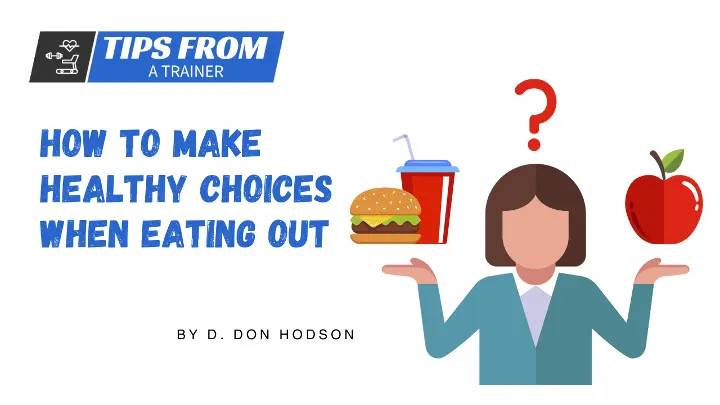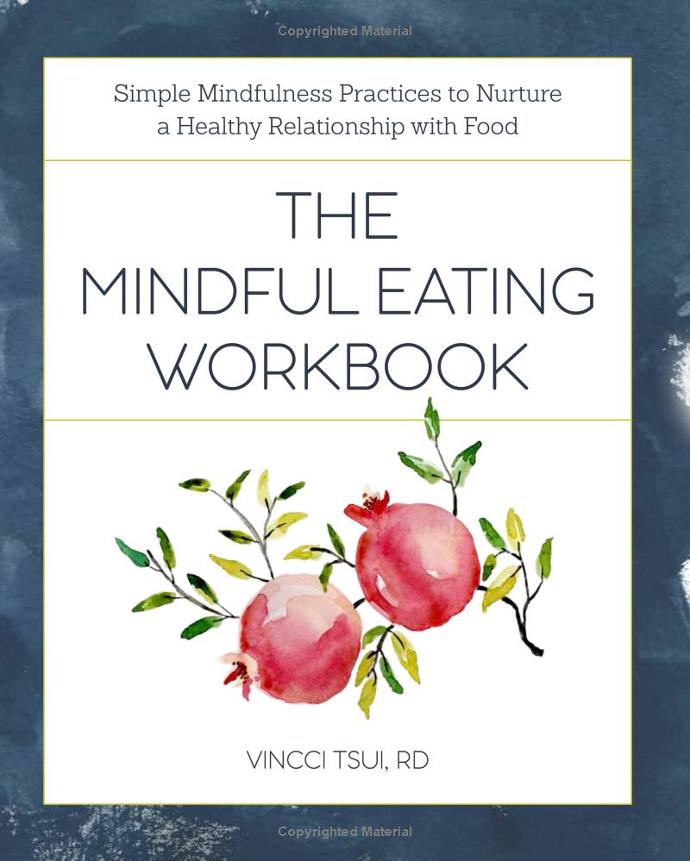Introduction
Eating out can be a delightful experience, but it often comes with the challenge of making healthy choices amidst a sea of tempting, calorie-laden options. Whether you're dining at a fancy restaurant or grabbing a quick bite on the go, sticking to your health goals doesn't have to mean sacrificing flavor or enjoyment. In this article, we'll explore practical strategies for making healthier choices when eating out, so you can enjoy your meal while staying on track with your nutritional objectives.
From understanding how to navigate menus to making smarter swaps, these tips will empower you to make informed decisions that align with your health goals. Whether you're focused on portion control, avoiding hidden sugars, or simply looking for ways to incorporate more nutritious options into your dining experience, this guide will provide you with the tools you need to make better choices without feeling deprived.

Conclusion
In summary, making healthy choices when eating out is entirely possible with a little planning and mindfulness. By paying attention to portion sizes, choosing grilled over fried options, and being mindful of hidden sugars and unhealthy fats, you can enjoy a delicious meal without compromising your health goals. Remember, dining out is about balance and enjoyment—it's okay to indulge occasionally, but having a strategy in place will help you make better decisions most of the time.
By implementing the strategies discussed in this article, you can approach dining out with confidence, knowing that you're making choices that support your overall well-being. Whether you're at a fast-food restaurant or a five-star dining establishment, these tips will help you navigate the menu with ease, allowing you to enjoy your meal and stay on track with your health goals.
Ultimately, the key to success is being informed and making conscious decisions that align with your lifestyle and dietary preferences. With these strategies in mind, you'll find that eating out can be both enjoyable and health-conscious, making it easier to maintain your nutritional objectives while still enjoying the social and culinary aspects of dining out.

Don Hodson, Certified Personal Trainer
I'm Don, an ACE-certified personal trainer and the founder of Tips From A Trainer. My journey in fitness began with personal challenges—I’ve faced and overcome weight issues myself. Through dedication to exercise, nutrition, and consistency, I’ve transformed my own body and helped countless others achieve their fitness goals.
While working as a personal trainer, I discovered a passion not just for fitness, but also for empowering others to reach their potential. After college, I ventured into the world of digital marketing, founding Connected Age Marketing, where I honed my skills in media and communication.
Eventually, I decided to bring these two passions together. Tips From A Trainer was born from my desire to combine my expertise in fitness with my knowledge of marketing, allowing me to deliver high-quality, evidence-based health & fitness content to a wider audience. My mission is to cut through the misconceptions of the fitness industry and provide practical, reliable advice that genuinely helps people transform their lives.
- My Site: www.Don-Hodson.com
- My Company: www.ConnectedAgeMarketing.com





How to Make Healthy Choices When Eating Out